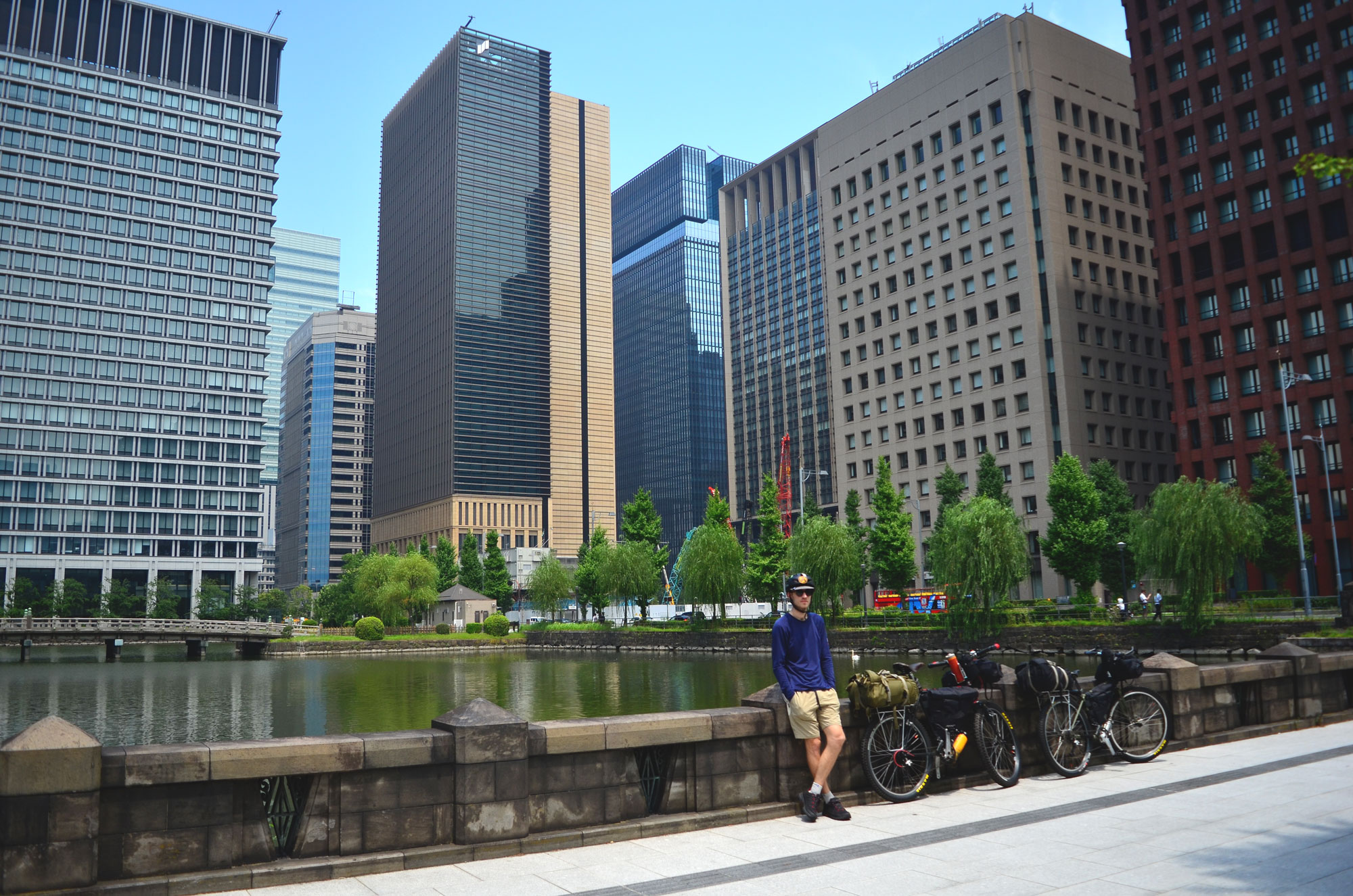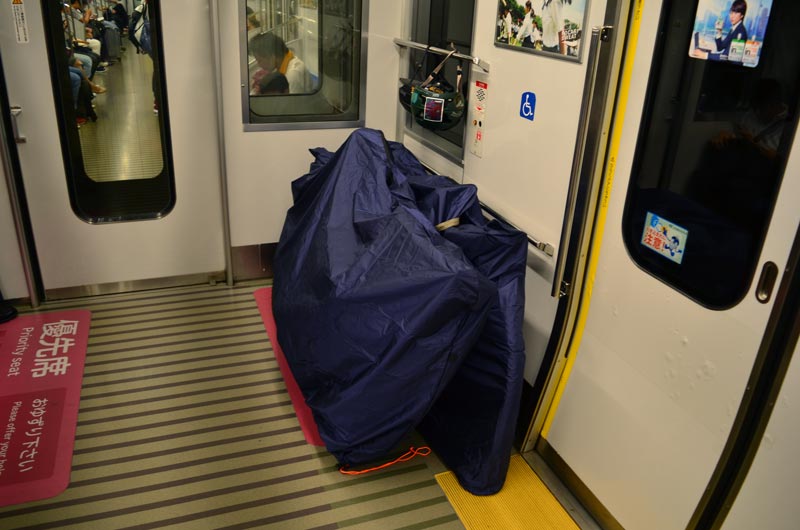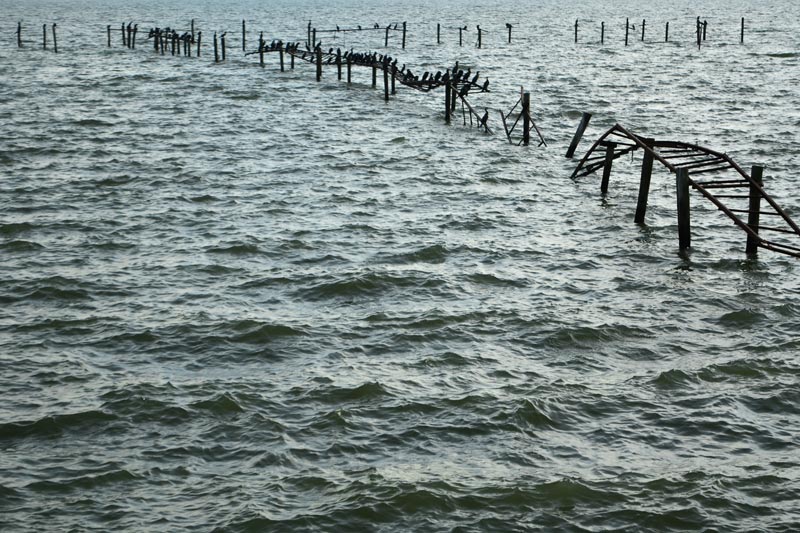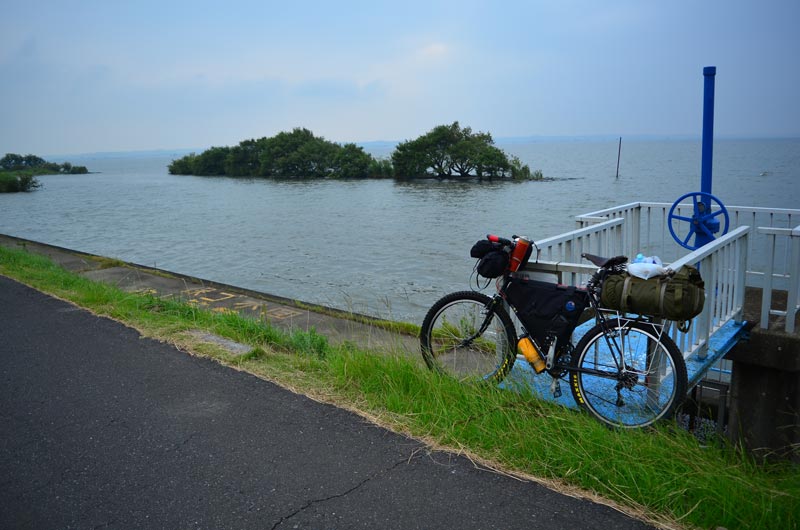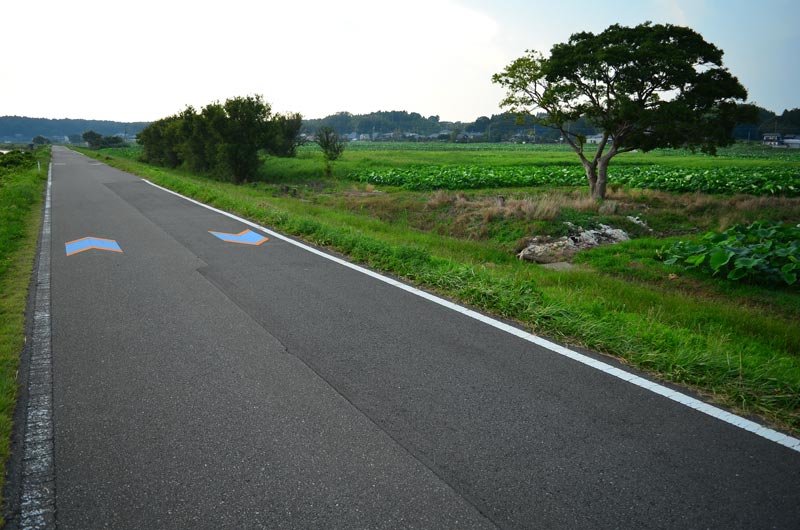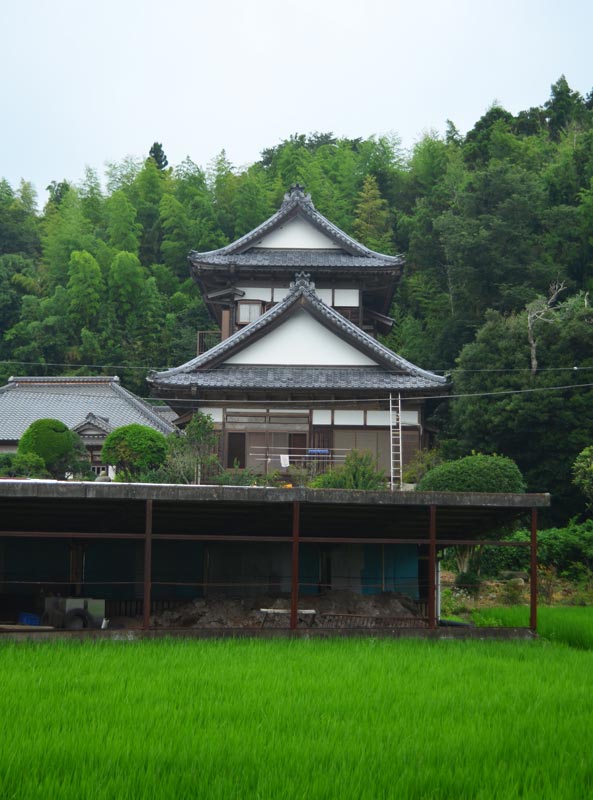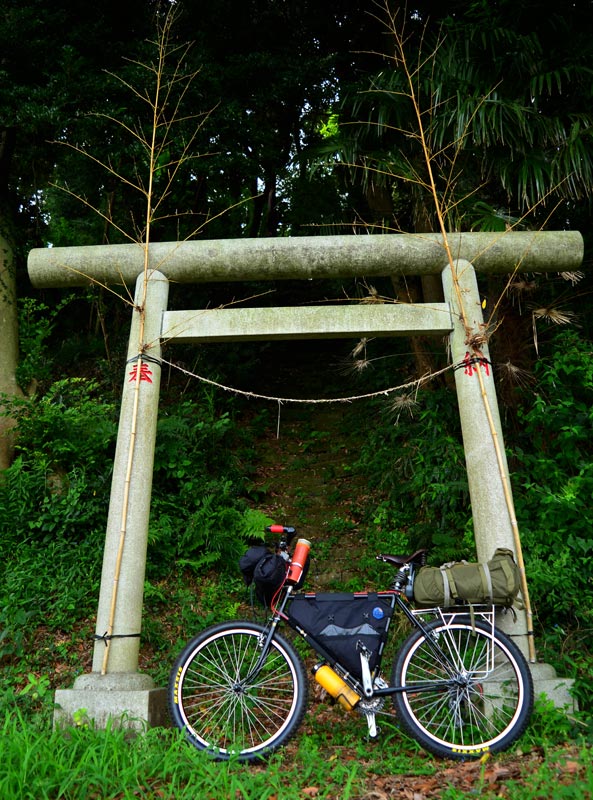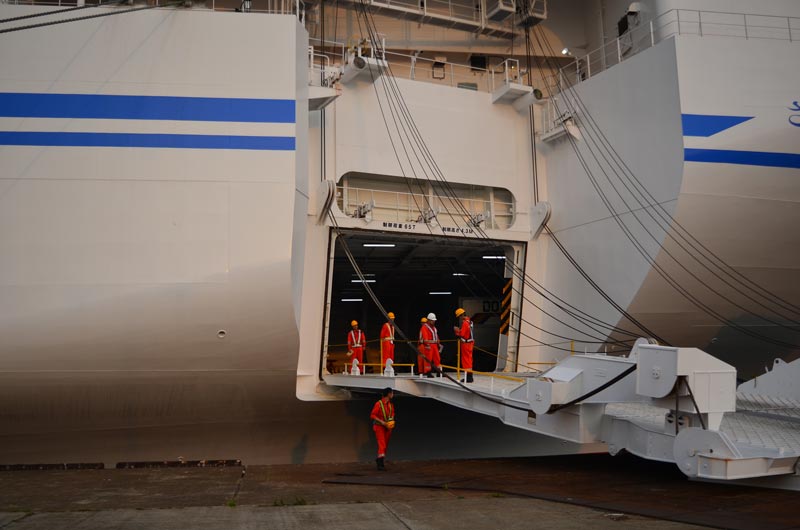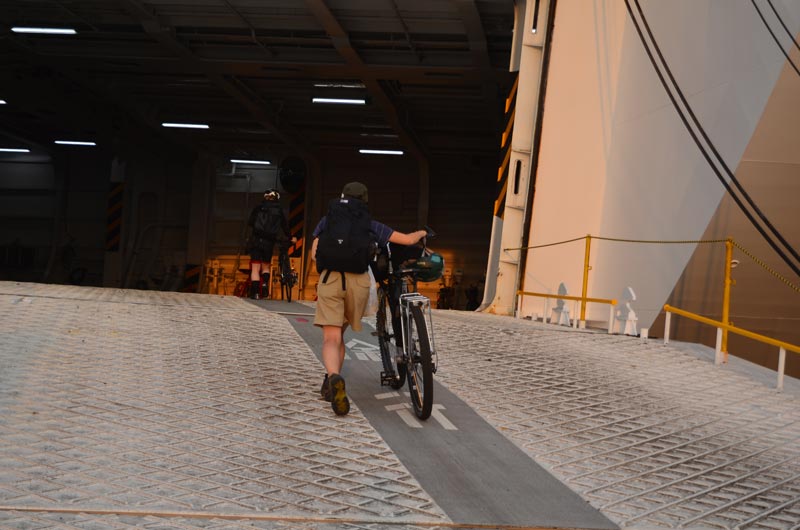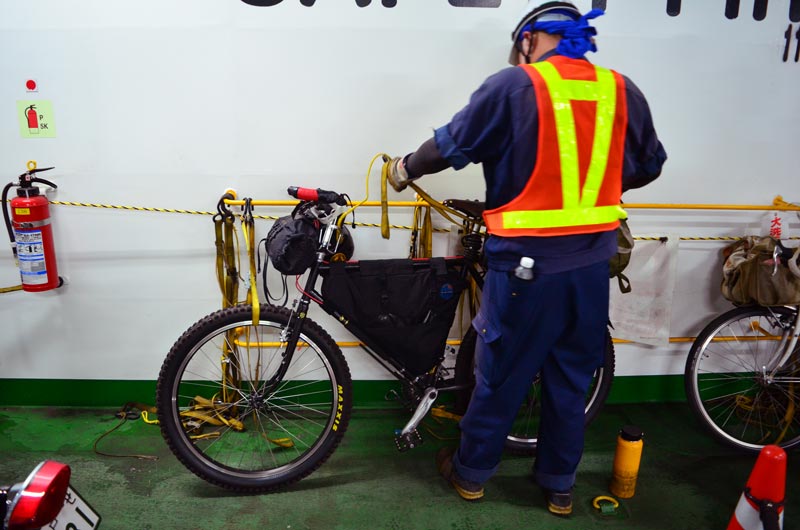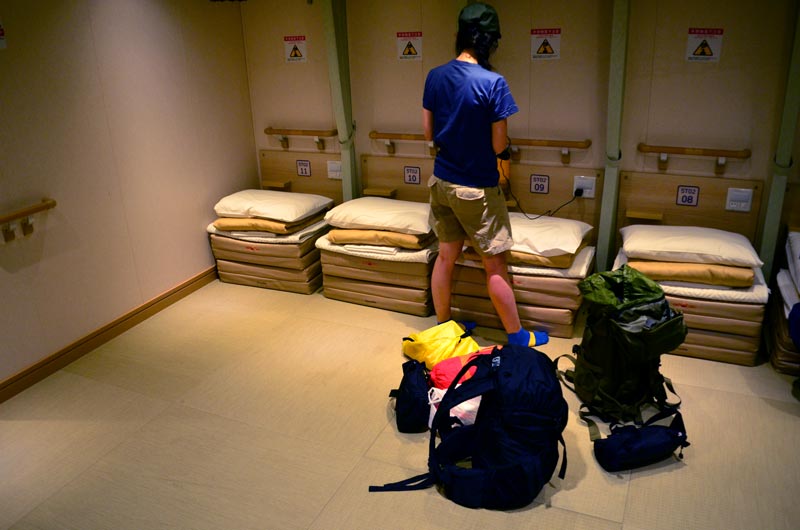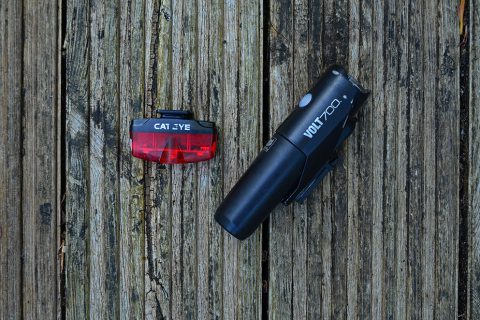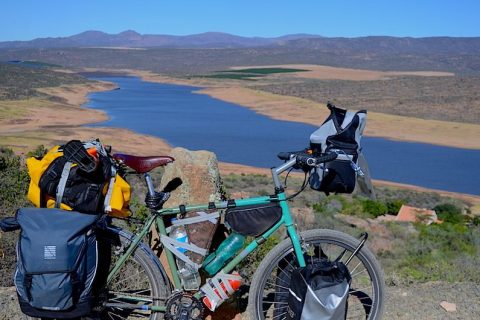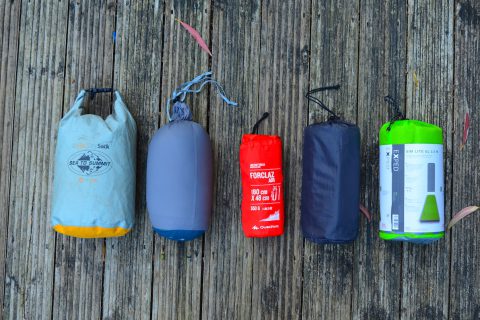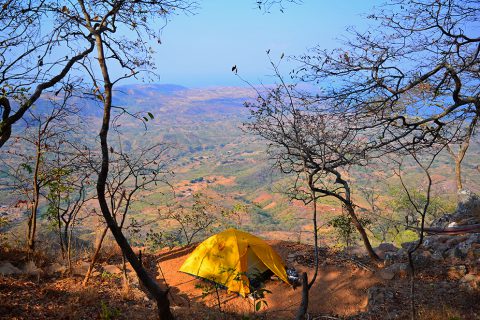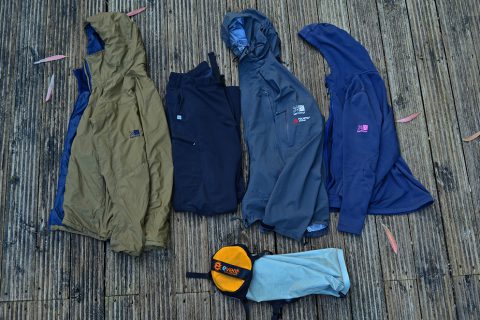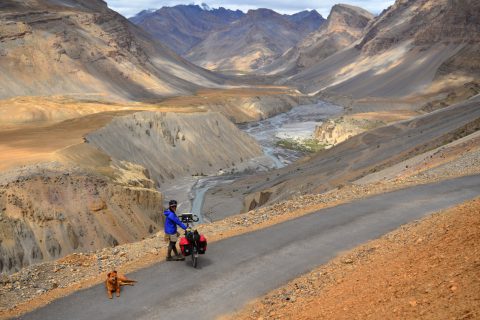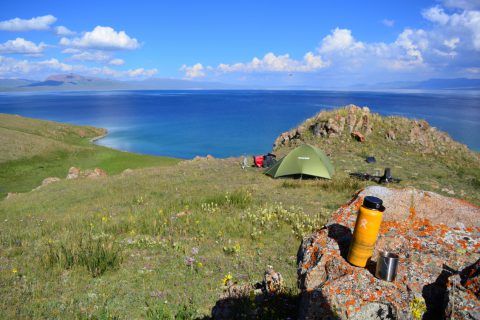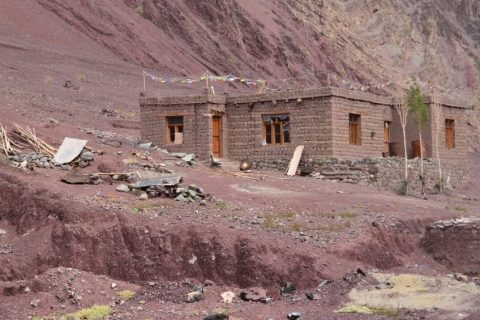Tokyo to Hokkaido
BY BIKE, TRAIN & FERRY
Flying is definitely the fastest way to get from Tokyo to Hokkaido, but if you have a little extra time and don’t want to pack a bicycle into a cardboard box, taking a ferry from Oarai is a good alternative. If I’m honest I really wasn’t looking forward to the journey from Tokyo to the ferry port, but somehow the ride was very pleasant. My mind was definitely in a positive gear, it was our first day on our bikes, and the start of a long journey that will take us all over Japan.
Cutting Up The Journey
Cycling in Tokyo isn’t hugely stressful, however if you plan to cycle all the way, it’s going to take a while to battle your way out of the city, sharing the road with so many cars and having to stop at numerous signals just eats up the time. Fortunately there’s a very cheap train ride from Akihabara to Tsukuba, this gave us a hassle free head start. The train is (1060 yen) (bicycle is free) and putting your bike on the train is very easy, note that we took the train around 13:00 and morning should also be fine, but if you plan to take it in the late afternoon, early evening it’s most likely going to be much harder to get on with the commuters getting out of the city, so try and plan around this.
Busy Roads Near Tsukuba
Japanese trains require you take off the front wheel and cover the whole bike with a bag, but if you find yourself without a Rinko bag, we didn’t see anyone checking us on the way into the train, and no one on the train either, so you might get lucky. But be warned, you are likely to receive a telling off if you are caught. Even though Tsukuba is out of Tokyo it’s still pretty built up, we took mostly main roads towards Tsuchiura, it wasn’t nice cycling but it was quick, if you have more time maybe look for some back roads but aim for the same place. Tsuchiura is the last town before you hit the lake, and the last chance to stock up on supplies for dinner if you plan to camp like we did.
Lake Kasumigaura isn’t particularly pretty, but its very quiet, and coming from the main roads its was a very welcome break. I’ve made a route you can follow, it starts from the train station and ends at the ferry port. The route we took from the station to the lake wasn’t pleasant and I feel like someone could come up with a better alternative. There’s an entertaining variety of bird life around the lake, and if you’ve only been in Tokyo, it will be your first taste of the Japanese countryside. The shores of the lake are mono cropped with a fibrous root vegetable called Renkon, it lays in the soil under the water and is harvested around August.
To download the GPX or KML file click on the drop down and click the 'embed and share this map' icon
If like us you’ve planned this journey over two days, there is a great place to camp just 2km before hitting a bridge that you’ll take across the lake. It’s a small park and the area at the far end closes to the bridge has a small block of toilets and a concrete structure to get out of the rain. We have no idea whether or not the locals are happy about people camping, but we had absolutely no problems when we pitched our tent. Please note that they ask you to take any rubbish with you as they don’t provide bins and that fires are prohibited. I’m sure if you keep the place clean and tidy no one will give you any hassle. We were there in summer, and once the sun set, the mosquitos were out in full force, be prepared!


